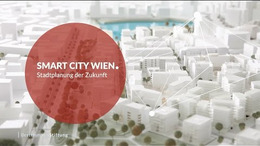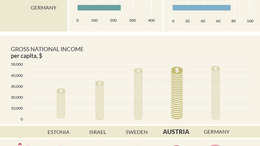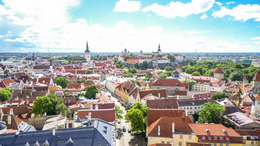
Usinglight/pixabay.com - CC0, Public Domain, https://creativecommons.org/publicdomain/zero/1.0/deed.de
Future-ready urban planning in Smart City Vienna
In many respects, Austria is setting the standards when it comes to digitization. Vienna, the capital, is considered one of Europe’s pioneers in this area. Its residents benefit from numerous digital solutions which are easily accessible and can be used by anyone. The public is included in the overall digitization process and urban planning. We had a look on site to find out why Austria’s digitization efforts have been so successful.
In recent years, Austria has repeatedly been crowned “European Champion” when it comes to e-government. Within the country, Vienna plays a leading role in this regard. Thanks to the effective strategy linking the country’s capital with its federal-level institutions, Vienna’s initiative has had an impact far beyond the city’s borders. Consequently, Austria is far ahead of many of its European peers, including Germany.
Vienna’s Smart City strategy is not driven solely by a fascination with smart technologies. Initially it also focused on implementing social innovations and making the city more citizen-friendly and sustainable. Technology was meant to serve people – both current and coming generations. Residents and their needs were considered early on, allowing resistance to new technologies to be overcome thanks to user-friendly applications.
During our research trip, we spoke with numerous policy makers and public administrators to find out why the digitization process in Vienna and Austria has been successful.
To prepare for awarding the 2017 Reinhard Mohn Prize on the topic “Smart Country – Connected. Intelligent. Digital.” the project team looked at exemplary digital projects and applications around the world. The focus has been on a number of areas, such as work and the economy, health and care, policy and public administration, mobility and logistics, and learning and information. Research trips to select countries have been a key part of the process. In addition to Austria, the team also traveled to Sweden, Estonia and Israel.
In order to better illustrate the relevant background conditions, we have also visualized a number of key facts and figures, making it possible to compare the four countries visited with each other and with Germany.









